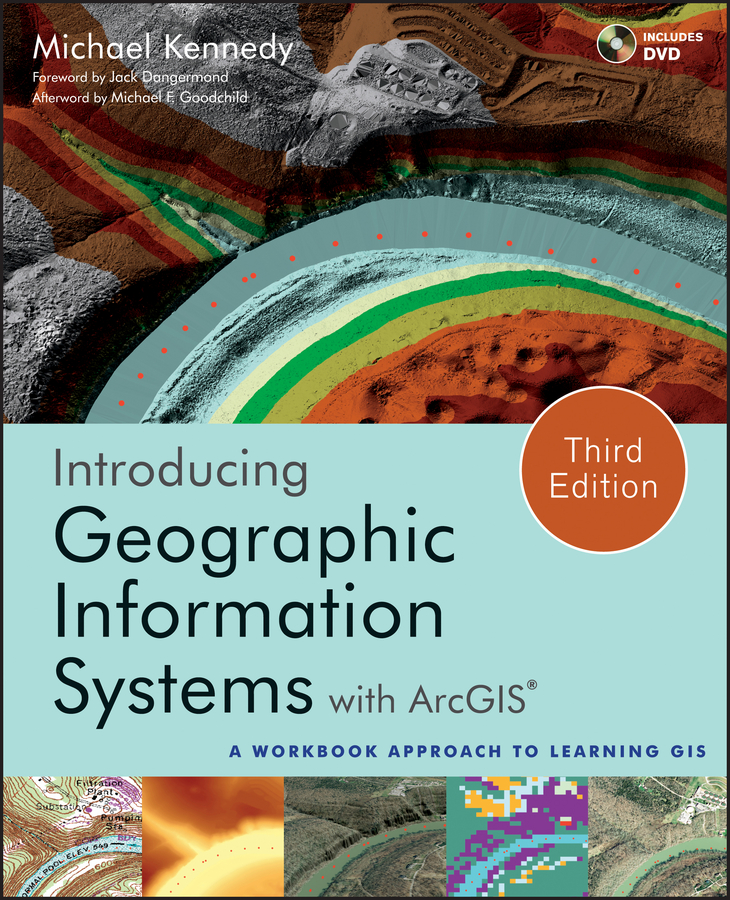Contents

Cover image: Courtesy of Michael Kennedy
Cover design: John Wiley & Sons, Inc.
This book is printed on acid-free paper.
Copyright 2013 by John Wiley & Sons, Inc. All rights reserved
Published by John Wiley & Sons, Inc., Hoboken, New Jersey
Published simultaneously in Canada
No part of this publication may be reproduced, stored in a retrieval system, or transmitted in any form or by any means, electronic, mechanical, photocopying, recording, scanning, or otherwise, except as permitted under Section 107 or 108 of the 1976 United States Copyright Act, without either the prior written permission of the Publisher, or authorization through payment of the appropriate per-copy fee to the Copyright Clearance Center, 222 Rosewood Drive, Danvers, MA 01923, (978) 750-8400, fax (978) 646-8600, or on the web at www.copyright.com . Requests to the Publisher for permission should be addressed to the Permissions Department, John Wiley & Sons, Inc., 111 River Street, Hoboken, NJ 07030, (201) 748-6011, fax (201) 748-6008, or online at www.wiley.com/go/permissions .
Limit of Liability/Disclaimer of Warranty: While the publisher and author have used their best efforts in preparing this book, they make no representations or warranties with the respect to the accuracy or completeness of the contents of this book and specifically disclaim any implied warranties of merchantability or fitness for a particular purpose. No warranty may be created or extended by sales representatives or written sales materials. The advice and strategies contained herein may not be suitable for your situation. You should consult with a professional where appropriate. Neither the publisher nor the author shall be liable for damages arising herefrom.
For general information about our other products and services, please contact our Customer Care Department within the United States at (800) 762-2974, outside the United States at (317) 572-3993 or fax (317) 572-4002.
Wiley publishes in a variety of print and electronic formats and by print-on-demand. Some material included with standard print versions of this book may not be included in e-books or in print-on-demand. If this book refers to media such as a CD or DVD that is not included in the version you purchased, you may download this material at http://booksupport.wiley.com . For more information about Wiley products, visit www.wiley.com .
ISBN 978-1-118-15980-4; ISBN 978-1-118-33034-0 (ebk); ISBN 978-1-118-33103-3 (ebk);
ISBN 978-1-118-33318-1 (ebk); ISBN 978-1-118-51050-6 (ebk); ISBN 978-1-118-51056-8 (ebk)
To the memory of Evan Kennedy, who had every gift but that of years
Foreword
by Jack Dangermond
Introducing Geographic Information Systems with ArcGIS offers a unique approach to GIS instruction. In it, Michael Kennedy re-creates his time-tested methods of teaching GIS in the classroom in a step-by-step guidebook to GIS. Students on a journey to learn GIS with Professor Kennedy may feel like he is taking the journey with them, offering them his sage advice each step of the way. Professor Kennedy cares deeply for his students, and the detail of this care and years of teaching GIS come through in this book. In it, he walks students through the multitude of questions that come up daily in the classroom. His goal is to help students understand GIS concepts and learn GIS skills. It takes a master teacher to map GIS knowledge, making it clear to students and enabling them to gain confidence in their growing skills.
Once GIS students have learned the basics, the next step is to learn how to analyze spatial data and identify problems and create solutions. Learning to analyze spatial data moves students beyond exploration, beyond locating places on maps, and helps them create maps that guide better decisions.
All of us learn GIS skills in different ways. Some people are visual learners, some are auditory learners, and some need a hands-on approach. As the learning styles of students in general vary, so do the learning needs of students of GIS. Some students will need classroom study, with conversations and time to process information about GIS concepts, spatial data, geodatabases, map projections, attribute tables, feature classes, datasets, and building maps, while others need only a guidebook with clear graphic illustrations. So, a variety of approaches to teaching GIS will help ensure that the increasing number of students worldwide have opportunities to gain GIS skills in ways that best suit their needs.
GIS is becoming part and parcel of the daily work lives of most people in many fields, from architects to zoologists, from academia to the business world, from city planning to national and international spatial data portals. Teachers are now taking on the essential task of opening the door for students to learn GIS. In Introducing Geographic Information Systems with ArcGIS , Professor Kennedy opens such a doorway for students to learn the skills basic to understanding GIS and to prepare students to make our communities better places.
Preface
It turns out to be hard, for me anyway, to write the preface for a third edition. As I tried to compose this I put a lot of electrons in the recycle bin. Most of what I have to say was said in the prefaces to previous editions. And who wants to want to wade through eleven pages of those in addition to this one!
So what I will do is just to tell you about the new material in the text and then just abstract and reference earlier information and ideas. Im eliminating the Preface to the Second Edition. If you havent used the book before, you probably should read the Preface to the First edition, included after this one.
First, of course, is that the material is oriented to ArcGIS Desktop versions 10.0 and 10.1. Where there are differences between these two, and there are several, I have usually pointed them out. However, those using 10.0 will occasionally have to adapt the Step-by-Step instructions, which favor version 10.1. I recommend using 10.1 if it is available and you are familiar with it. (To indicate the extent of the changes, we can start with the fact that the functionality level names have changed from those in version 10.0 and before. In 10.1 ArcView is Basic, ArcEditor is Standard, and ArcInfo is Advanced.)
The CD-ROM used in earlier editions has been replaced by a DVD, because the data sets are more extensive and all the figures in the book are available.
Since the first edition, sections and exercises have been added on the topics of:
- Publishing maps on the Internet, using ArcGIS.com .
- Using the Esri online data service to add basemaps to the students map.
- The terrain data structure, made possible by the emergence of LIDAR as a remarkable method of very dense data collection, is covered both in theory and by exercise.
- Layer packages a welcome invention which facilitates the transfer of feature classes of all formats from one computer to another, without worries like relative path names and separate data transfers.
- Since this book is primarily aimed at preparing professionals for using GIS to do analysis and synthesis (topics separate from display and mapmaking, which, for completeness, is covered in considerable detail in Chapter 3), topology plays an important role. A number of exercises, therefore, emphasize the use of the topology capabilities of geodatabases, which is considerably different from those of coverages and completely absent from the shapefile format.






